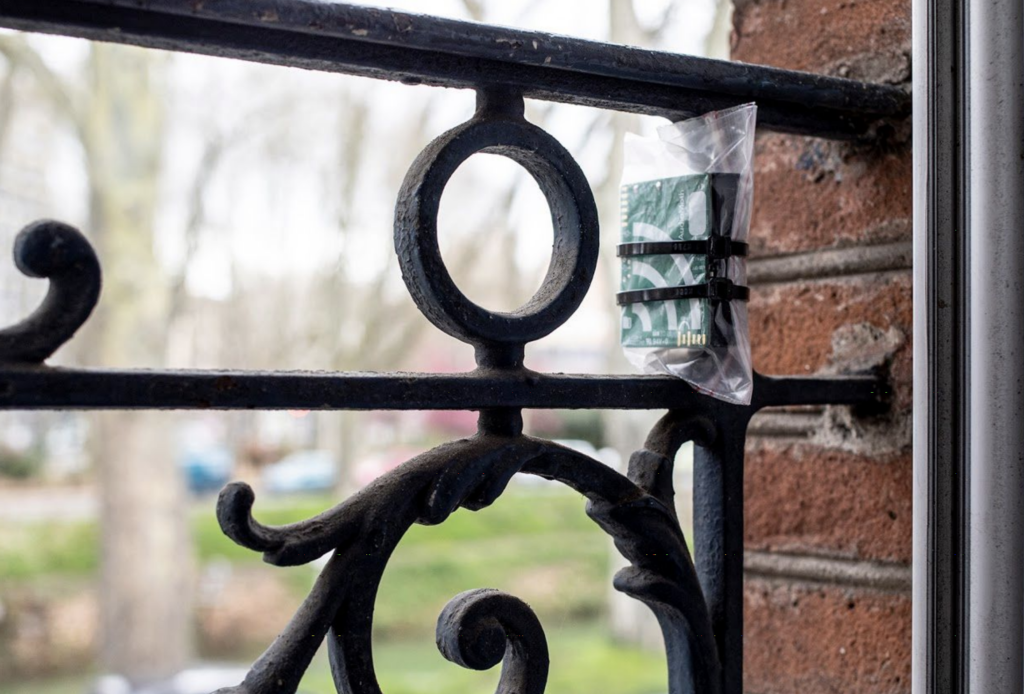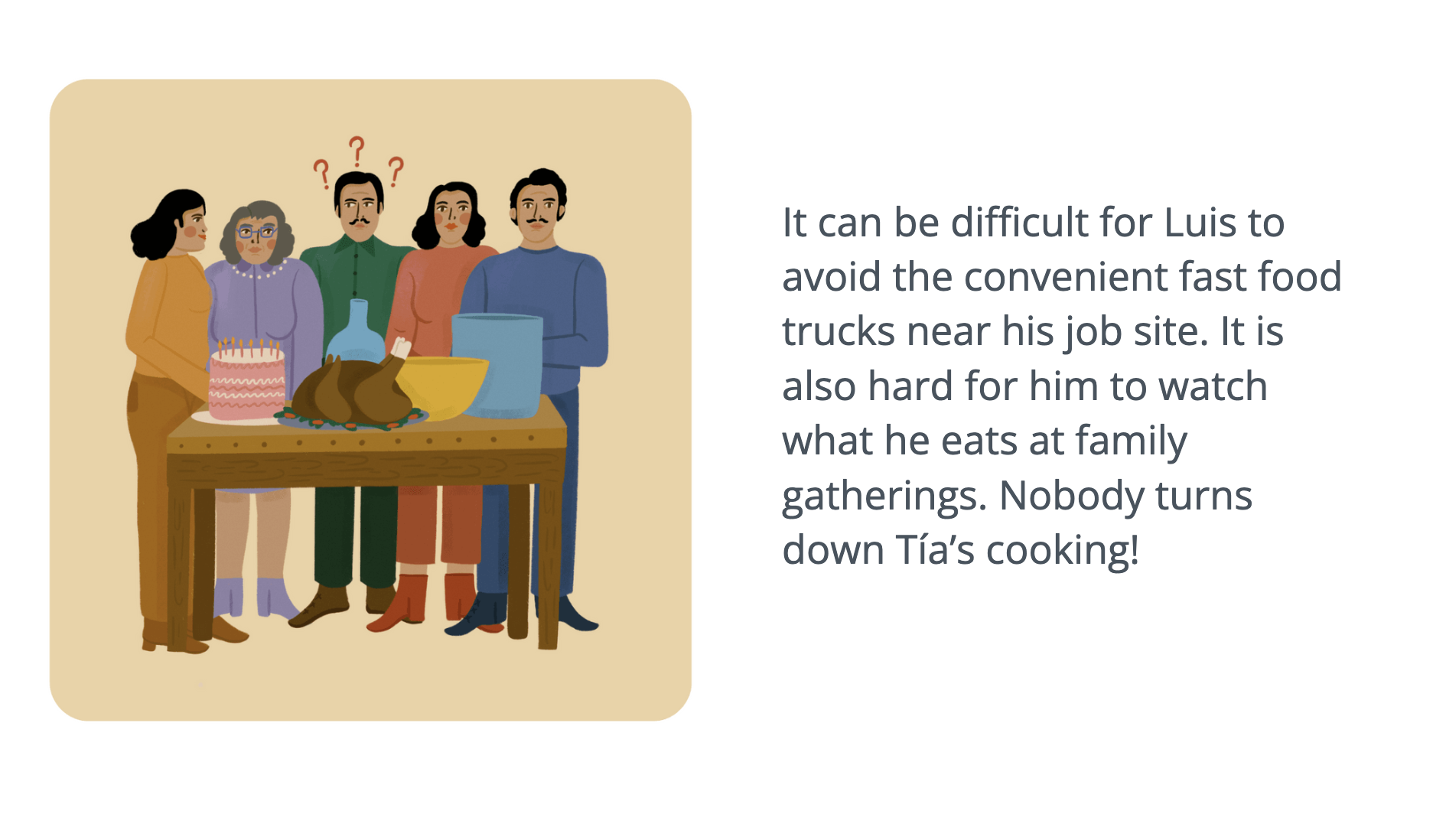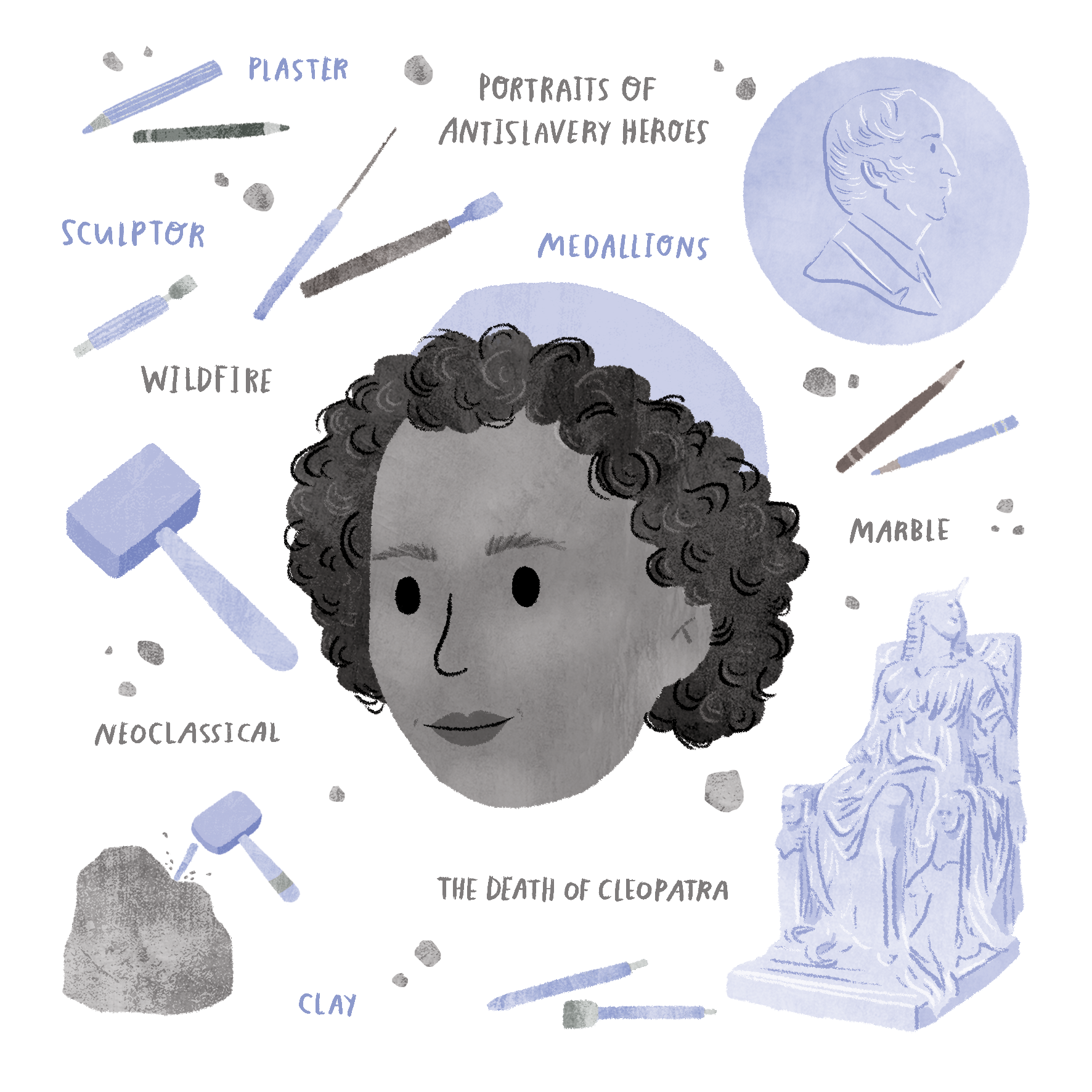
Our cities are getting quieter. Project: Silent Cities.
The global spread of the new Coronavirus has forced governments to take different actions around the world. Some have closed their borders, some are forcing people into their homes, and others are just waiting to see what happens, without changing much.
But what seems to be the general human response to this novel threat has been self isolation. Even where governments are not forcing us into our homes, like in some states in the US and Mexico, most people are realizing that staying in as much as possible reduces the risk of contagion and spread of the virus. This drastic measure, perhaps only seen before in indigenous communities, is having a positive side-effect: pollution, in general, has decreased like never before.
Unsurprisingly, we don’t give acoustic pollution as much importance as air pollution, as we’re used to the noise of vehicles, machines and crowds in the cities. As a biologist, I’ve noticed the drastic changes in noise pollution when I travel from Lima, Peru’s capital, to the Amazon rainforest. Even the cities in the Amazon are less noisy than the capital, and when I finally go into the forest, there’s no noise but the sound of nature. However, this has now changed temporarily.
Silent Cities is a collaborative project that aims to monitor the effect of human quarantine on the soundscape (the collection of sounds in an area) of cities during this crisis. Anyone with a decent audio recorder can participate from their homes, gathering standardized data. I was (un)lucky enough to have a field entry cancelled because of the outbreak, so I got stuck at home with two OpenAcoustics Audiomoths, batteries and micro SD cards. We use these devices to monitor the soundscape of a study site in the northern Peruvian Amazon, but as the project is on a break, I’ll be able to use them to monitor the soundscape near my home in Lima, Peru.
Signing up
Participation in Silent Cities is free. The first step is signing up to take part in the collaborative project. Head over to the Open Science Framework website, where the project is hosted, and create an account; if you’re a researcher like myself, you can link your ORCID account if you have one. The project developers will review your request and send you an invitation, so the next step will be requesting access in the project’s page.
If you have an Audiomoth like I do, or a WildlifeAcoustics SM4, you can follow the configuration detailed in the next section. On the other hand, if you have another device, you can check if it’s eligible in their information guide.
Configuration and Installation
Follow the steps described next to configure your Audiomoth or SM4 recorder.
SM4 configuration
After setting the onboard clock of your device (in UTC), configure it as follows:
Settings for mono recordings
Prefix: serial number of your device (for example: S4A12052)
Channel: left (or right)
Gain Left (or Right): 5.00 dB
Preamp Left (or Right): 26 dB
Sample rate: 48000 Hz
Schedule
START time 00:00
DUTY cycle On 00:01 OFF 00:09
END time 00:00
AudioMoth configuration
After setting the onboard clock of your device, configure it as follows:
Recording period: 00:00-24:00 (UTC)
Sample rate: 48 kHz
Gain: Low
Sleep duration: 540 s
Recording duration: 60 s
Extracted from their information guide.
The recorders need to be installed outside, on a balcony, garden, porch, window, tree, or anywhere accessible enough, as you will need to check or change its battery and storage. Remember that the focus of the study is to monitor the change in sound pollution, so don’t worry if there’s too much noise in the area.
Keep in mind privacy concerns! I had to move my recorder as my family was concerned of being recorded, so you might want to keep that in mind too, when installing it. I would also recommend only installing it in your private property.
Different recorders have different weather protection systems, and the most suitable will also depend on the weather in your area. As Lima is the largest city built on a desert, we barely get any rain here. A zip-lock bag is enough to protect my Audiomoth from any possible light drizzle.
Study length
The “Expert Protocol”
This protocol is the most standardized one. It consists of at least three months of continuous monitoring, which will cover the three phases expected for this crisis: the containment, the gradual return to normal, and full return to normal. Gathering data on all three phases will help researchers compare the soundscape during quarantine with the regular soundscape.
If you’re in for the long run and plan to continuously monitor the sound of your neighborhood, it’s expected to keep the recorders running for at least two weeks during the third phase. That way, the data will be strong enough to be comparable.
The “Light Protocol”
If you’re busy, don’t have access to enough batteries, or just want to participate and know someone who can lend you a recorder for a shorter period of time, this protocol might be for you.
Instead of running your recorder(s) for at least three months straight, it’s enough to do it for 18 days. However, these 18 days need to be evenly split between the three phases previously explained, so six days per phase.





